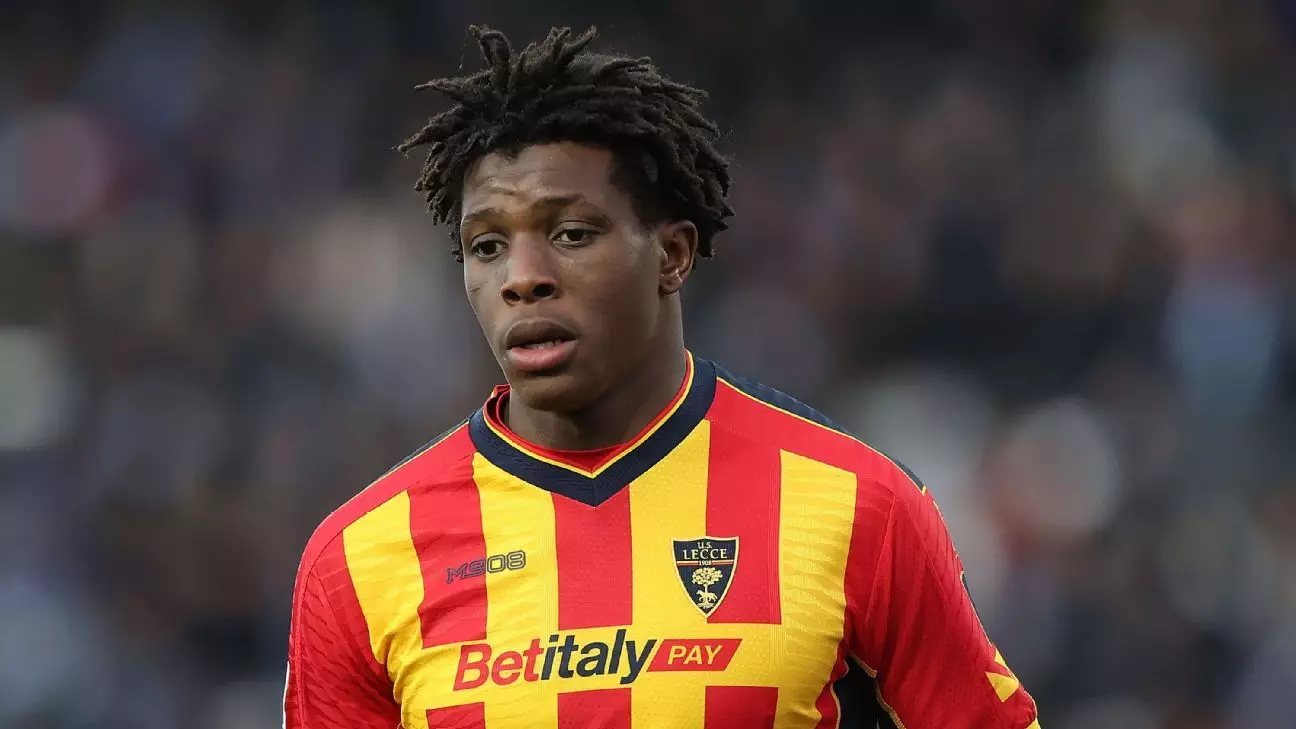Manchester United finds itself in a precarious financial situation, prompting the club to reassess its squad dynamics as the January transfer window approaches. The possibility of signing a new left-back is being actively considered, contingent upon the club’s ability to alleviate some budgetary constraints. Reports suggest that the impending departures of key players such as Marcus Rashford and Antony could provide the necessary funds for reinvestment in critical areas, particularly the full-back position, which is becoming increasingly crucial in Ruben Amorim’s 3-4-3 system.
This formation has elicited tactical reshuffling within the squad, pushing Diogo Dalot, a primarily right-sided defender, into a left wing-back role. This adjustment showcases the challenges Amorim faces in maintaining the team’s competitive edge while managing an injured squad. The team currently boasts two natural left-backs: Tyrell Malacia and Luke Shaw. However, Malacia’s use has been limited due to a year-long recovery from a knee injury, and Shaw remains sidelined with a muscle issue sustained last December.
Exploring Left-Back Options
In light of these limitations, Manchester United’s recruitment team is proactively scouting potential left-back candidates. Among the names that have surfaced in internal discussions are Patrick Dorgu from Lecce, Wolves’ Rayan Aït-Nouri, and Tyrick Mitchell from Crystal Palace. Each brings unique strengths that could complement United’s tactical framework, providing depth and versatility to the defensive lineup.
However, the club’s aspirations for Nuno Mendes from Paris Saint-Germain appear more complex than initially anticipated. Despite initial interest, Mendes is not deemed a feasible option in the current window, highlighting the club’s struggle to secure top-tier talent while adhering to strict financial parameters.
Internal Discussions and Future Outlook
As the club navigates through these player dynamics, there are ongoing discussions regarding the optimal squad size that Amorim will require to fulfill competitive aspirations for the remainder of the season. The recent victory over Arsenal in the FA Cup has rekindled hopes for a deeper cup run, setting up a fourth-round tie against Leicester City. This situation could further influence transfer strategies, as success in cup competitions tends to reward clubs with financial boosts and bolstered morale.
United’s current position in the Europa League adds another layer of complexity. Sitting seventh in the group, securing a win against Rangers in their upcoming match at Old Trafford is critical. This would not only enhance their standing in the league phase but also mitigate the need for a challenging playoff round to qualify for the Round of 16.
Ultimately, Manchester United’s pursuit of a left-back amidst financial limitations elucidates the balancing act between immediate squad needs and long-term stability. Decisions made in January could significantly impact the club’s aspirations both in domestic and European competitions. The strategic maneuvers, therefore, will be crucial as United seeks to reinvigorate its squad and regain its status as a formidable competitor in the football landscape.
